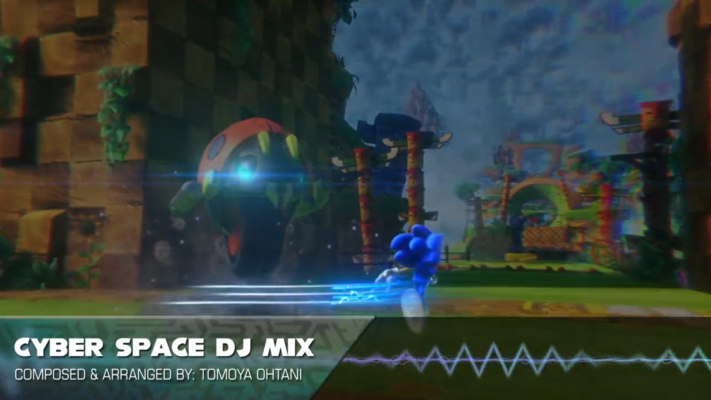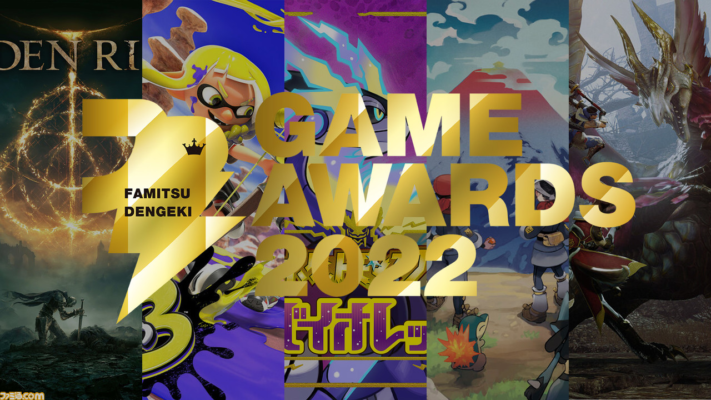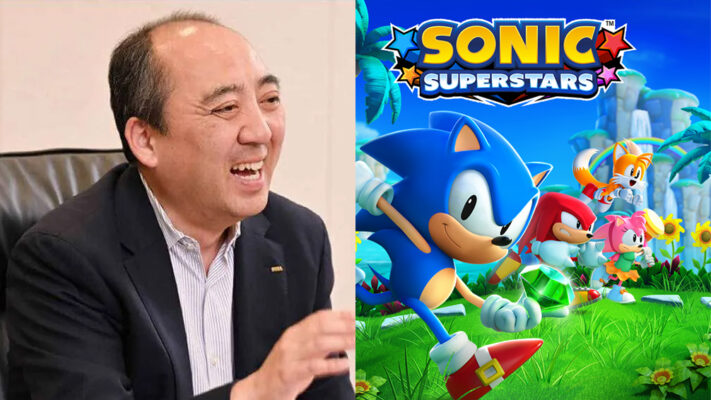MEMBER PROFILE

Sub-Lead Planner
Masaya Hirano
Joined in 2014.
Involved as a planner in consumer titles such as Mario & Sonic at the Rio 2016 Olympic Games and Mario & Sonic at the Tokyo 2020 Olympic Games, and served as a Sub-Lead Planner for this title, Sonic Frontiers.

Background Designer Sub-Leader
Yuki Takahashi
Joined in 1998.
Involved in development as Background Sub-Leader for consumer titles such as Sonic Forces and Sonic Lost World, and served as Background Leader for Sakura Wars. In Sonic Frontiers, worked as Background Sub-Leader.

Puzzle Content Programmer Leader
Yuki Mitsuishi
Joined the company in 2019. Involved in development as a programmer for consumer titles such as Sakura Wars and Mario & Sonic at the Tokyo 2020 Olympic Games. In Sonic Frontiers, serving as the programming leader for puzzle content.
In November 2022, Sonic Frontiers was released worldwide simultaneously, marking the Sonic series’ first venture into the open-world genre. To understand the challenges faced in this new endeavor, members involved in the project were asked about the behind-the-scenes development.
Q Please share your thoughts and enthusiasm when you became a member of the development team for Sonic Frontiers.
Hirano
Our top priority was to make Sonic a title that could once again compete in the world, aiming to elevate the quality to create an entirely new third-generation Sonic game. While we had experience with global titles in ‘Tokyo 2020 Olympics: The Official Video Game,’ there was a sense of anticipation in tackling the open-world concept anew.
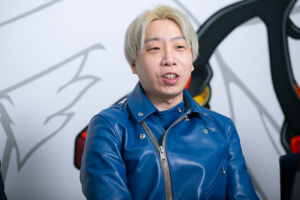
Takahashi
I had been involved in Sonic titles for many years, so I had experience in game development from a global perspective. However, this was my first time working on a multi-platform and worldwide simultaneous release project, and additionally, tackling an open-world concept. I had a sense that this would be a challenging project. Nevertheless, since we had always taken on new challenges before, I believed that we could achieve it if we worked together.
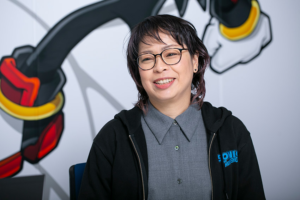
Mitsuishi
I joined the company mid-career and soon after became involved in Sonic Frontiers. Compared to those around me, my experience with Sonic was relatively shallow, so I began by understanding what Sonic represents. Additionally, the significant challenge of the ‘open zone'(※) concept added some anxiety about whether we could accomplish it. However, since many people on the team had been involved with Sonic for a long time, it was a comfortable environment to work in.
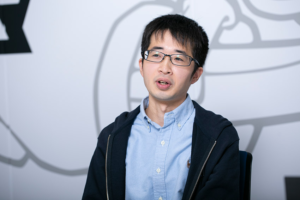
※ This refers to a feature allowing players to explore what was traditionally called a ‘world map’ in stage-clear type action games. In Sonic games, these are called ‘zones,’ a naming convention coined by the SEGA development team.
Q Please tell us about the composition of the members and their roles in this project.
Hirano
Initially, when I joined, I was responsible as a planner for designing courses and level designs. However, gradually my responsibilities expanded, and ultimately, I ended up overseeing quality checks for team members and handling almost all aspects of the game’s action as a sub-lead planner. In terms of the size of the development team, there were up to about 20 planners and approximately 120 development members including designers, programmers, and sound personnel involved at the peak of development.
Takahashi
Primarily as a background designer, I was in charge of creating objects for puzzle-solving content in the ‘Open Zone.’ Concurrently, I served as the sub-leader of a background design team of up to 25 members, responsible for organizing the team and managing schedules.
Mitsuishi
Programmers were divided into several teams based on the ‘play’ within the game, and I was in charge of leading the programming team for puzzle-solving content on the ‘Open Zone.’ The number of programmers in the team fluctuated between 4 to 7 members depending on the period. As the leader, I facilitated communication between planners and designers, managed the progress of team members, and also implemented story-related features and mini-games.
Q How did the development of the “open zone,” which is different from traditional action stages, progress?
Hirano
It was challenging to grasp the overall picture of the “open zone,” which is the primary challenge, and figuring out how to create gameplay within it was a task. Since it’s an action game, whether it’s fun to play can only be determined by actually trying it out. With the idea of how to play Sonic-like in mind, we repeatedly implemented and confirmed various ideas.
Takahashi
This project has taken nearly a total of five years. During the first year, when the specifications were being finalized with a small team, I was working on another project. When I returned, the prototypes that had been created were not satisfactory in terms of both graphics and gameplay. Within the project, we’re using our in-house game engine called the “Hedgehog Engine,” specialized for Sonic’s gameplay, and its development was also progressing concurrently. We were continuously adding the necessary features for creating the “open zone.” The team was filled with a sense of crisis, thinking, “We must create something new!” and “There’s no turning back if we fail here!”
Mitsuishi
Initially, the gameplay in the “open zone” was mainly focused on puzzle-solving. However, the planners creatively implemented and modified the specifications to explore ideas such as “Wouldn’t it be interesting to do this instead?” They made significant revisions while observing the feedback. During the prototype phase, there were instances where there were no specifications, and programmers created prototypes to propose to the planners. Some of these proposals were actually adopted and implemented as gimmicks.

Takahashi
After going through the prototype phase, the island of the “open zone” that we earnestly tackled had over three times the surface area of Chronos Island (the island where Sonic first arrives in the game) and was filled with numerous puzzle-solving gimmicks. For example, one of them was the “rotating stone statue” at the beginning of the game. While it was a new attempt for the “Sonic” series, it lacked the sense of speed, leading to the conclusion that “this isn’t the gameplay of Sonic!”
Hirano
Despite Sonic’s essence being action-oriented, everyone was too fixated on the term “puzzle-solving.” It was the suggestion of a young programmer in their third year with the company, proposing the gimmick of the “grind rail generation device,” that seemed to kickstart everything. From there, we swiftly shifted direction towards designing level elements that encouraged enjoyable movement within the “open zone” while also guiding players towards puzzles and battles. We added Sonic-like features, and this significant adjustment led to the completion of the open zone in the final product.
Takahashi
At the same time, there were many opinions about the island feeling vast yet monotonous with similar landscapes, so we decided to reassess and make significant revisions to the background design based on the concept. Unlike action stages, it was necessary to create a setting that felt natural from any angle. Additionally, we put a lot of effort into representing weather and time changes. The world of Sonic Frontiers is closer to the real world, which is why even slight discrepancies can be noticeable. We faced challenges in adding gaming-specific originality, such as locations that don’t bore players and exciting points, while pursuing realism. It was also a first attempt for Sonic Team to create specialized teams like the “Ruins Team,” “Rock Team,” and “Plant Team” to pursue realism and meticulously craft the environment.
Q Were there any difficulties unique to creating a global title, such as differences in reception between overseas and Japan?
Takahashi
There were many differences in what we wanted to appeal to in Japan compared to overseas. In Japan, we deliberately chose a serious main visual to promote a world view that was unique to Sonic Frontiers, unlike anything seen before. However, in North America, there was also a desire for the traditional visual style seen in previous Sonic titles.
During development, we conducted user playtests several times in North America, where actual users played the game, to check their reactions. There were countless instances where we had to redo things based on user feedback. While we’ve conducted playtests before, this was the first time we adopted a method of iterating and improving based on playtest results.
Hirano
We watched the reactions from overseas playtests in real-time and immediately discussed with the director to make improvements.
Mitsuishi
In overseas playtests, feedback comes back very critically in terms of scores. At the same time, we can watch gameplay videos, so it becomes clear why certain aspects might not be enjoyable. When we improve those areas, the scores from the playtests indeed go up. For example, a score of 6 might become an 8. We used this as motivation.
Hirano
Even when the scores from playtests were low, the entire team approached it with the determination of “Even if it might have been okay for previous Sonic games, let’s strive for even higher levels of fun!” Generally, my role was to judge whether the prototypes presented embodied Sonic-like gameplay. Sonic is fundamentally a platform action game where running, jumping, and enjoyable movement are key. When the scores from playtests were low, we used comments and feedback as reference points and implemented measures to progress towards the ideal gameplay for the “open zone.”
There was a sense of accomplishment within the team when the scores from overseas user playtests finally reached 8 or 9 points, indicating “This is it, we can do it!”
Q Please tell us your thoughts on completing the project and what challenges you would like to take on in the future.
Hirano
Sonic Frontiers goes beyond the traditional Sonic stage-clearing format, allowing players to enjoy action in all directions within the “open zone,” resulting in a game with increased freedom. There was pressure to deliver a quality that lives up to the company’s reputation, but thanks to everyone’s efforts, it was well-received, and we were able to proceed with updates for the main game.
This was my first time participating in Sonic’s development, and eventually, I became involved in all aspects of action as a leader, deepening my understanding of the framework and structure of action games. I want to use the insights gained here to further evolve the gameplay of Sonic’s third generation and develop a game that can be enjoyed by as many people as possible.
Takahashi
We struggled to create a world with originality, such as the ruins, but we were able to establish a new Sonic world for now. In this project, we aimed to organize teams to work together rather than relying solely on individual skills. We encouraged young team members to challenge themselves in areas where they were not confident while developing their strengths, resulting in an overall improvement in skills.
The barriers in the gaming world are formidable, and I don’t think we can yet claim to be on par with AAA titles. Therefore, in the future, I would like to pursue graphic design worthy of standing alongside AAA titles.
Mitsuishi
Sonic Frontiers has demonstrated the potential of Sonic’s third generation. It was a new experience for me to take on the challenge of an open world for the first time in a Sonic title, as well as leading a team of a certain scale. However, being part of a team that aimed to refine the fun while pursuing the essence of Sonic was incredibly inspiring. It was also significant to gain experience in implementing aspects related to story progression and the overall game. In the future, I aim to proactively share knowledge and expertise and challenge myself to surpass this game in game development.
Q Please provide a message to applicants about the unique charm of Sega.
Hirano
In this project, the level design of the “open zone” was primarily led by young talents within their first five years of joining the company. Having experienced seniors around creates an environment where young talents can shine and take on various challenges. I believe this is a strength of Sega.
Takahashi
I was also involved as a designer liaison in the development of our in-house game engine, the Hedgehog Engine. Being able to directly convey requests and feedback from designers and have them consider how to create a more user-friendly engine is also a strength of Sega. Having the technical capability enables us to take on challenges. Furthermore, there’s a culture at Sega where supervisors collaborate with employees to figure out how they can achieve what they want to do. There have been cases where individuals transitioned from background production to character creation, and I believe there aren’t many companies in the industry where you can change your career through design like this.
Mitsuishi
We have the opportunity to work on a wide range of implementations, including stage-based action, player actions, enemies, UI, and more. Since we deploy on various platforms, we have ample opportunities to engage with diverse technical aspects. Developing game engines internally allows us to tune and optimize them to suit the characteristics of our titles. It’s easy to get our voices heard when expressing what we want to do, making Sega a great environment for both those who want to delve deep into specific areas and those who have a broad interest in game development. Overall, I believe Sega provides a fantastic environment for skill enhancement.
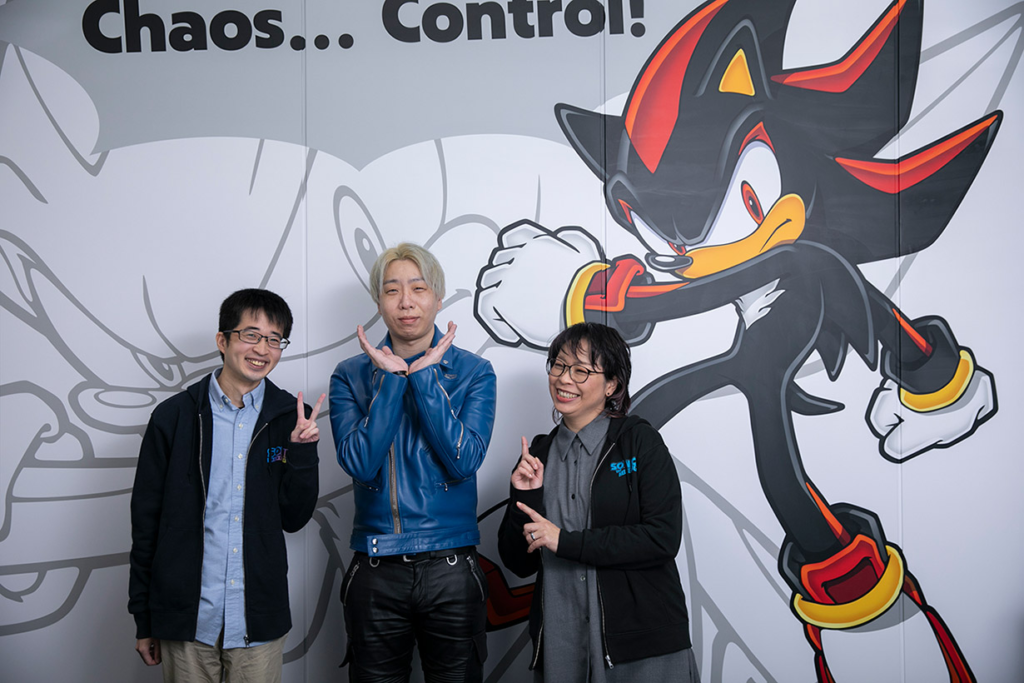
Source: Japanese SEGA Recruitment Page


